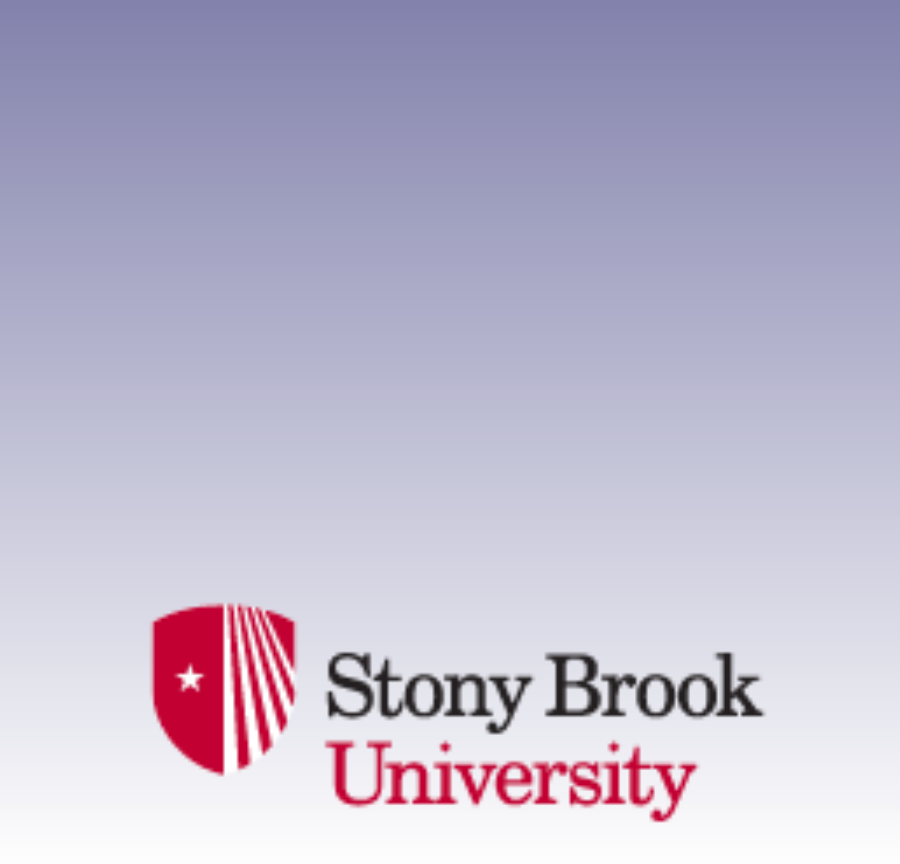Thursday, June 27, 2019, 02:30pm - 03:30pm
Hits : 3634
Contact Dima Kozakov, Host
Professor and LAS Endowed Chair in the Natural Sciences
University of Illinois at Chicago
Physical Basis of Protein Liquid-Liquid Phase Separation
Intracellular membraneless organelles, corresponding to the droplet phase upon liquid-liquid phase separation (LLPS) of mixtures of proteins and possibly RNA, mediate myriad cellular functions [1]. Cells use a variety of biochemical signals such as expression level and posttranslational modification to regulate droplet formation and dissolution. Our study focuses on elucidating the physical basis of phase behaviors associated with cellular functions of membraneless organelles, using four complementary approaches. First, we use colloids and polymers, respectively, as models for structured and disordered proteins, to investigate both the common basis for protein phase separation and the unique characteristics of structured and disordered proteins in LLPS [2]. Disordered proteins are characterized by both extensive intermolecular attraction and low excluded-volume entropy, contributing to ready observation of phase separation. Second, we use multi-component patchy particles to investigate the wide range of effects of regulatory components on the droplet formation of driver proteins [3]. Third, the theoretical predictions have motivated our experimental work to define archetypical classes of macromolecular regulators of LLPS. Lastly, we have developed a powerful computational method called FMAP for determining liquid-liquid phase equilibria [4,5]. By using fast Fourier transform to efficiently evaluate protein-protein interactions, FMAP enables an atomistic representation of the protein molecules. Application to -crystalins reveals how minor variations in amino-acid sequence, similar to those from posttranslational modifications and disease-associated mutations, lead to drastic differences in critical temperature. These studies contribute to both qualitative and quantitative understanding on the phase behaviors of membraneless organelles and their regulation and dysregulation.
References
1. S. Qin and H.-X. Zhou (2017). Protein folding, binding, and droplet formation in cell-like conditions. Curr. Opin. Struct. Biol. 43, 28-37.
2. H.-X. Zhou, V. Nguemaha, K. Mazarakos, and S. Qin (2018). Why do disordered and structured proteins behave differently in phase separation? Trends Biochem. Sci. 43, 499-516.
3. V. Nguemaha and H.-X. Zhou (2018). Liquid-liquid phase separation of patchy particles illuminates diverse effects of regulatory components on protein droplet formation. Sci. Rep. 8, 6728.
4. S. Qin and H.-X. Zhou (2014). Further development of the FFT-based method for atomistic modeling of protein folding and binding under crowding: optimization of accuracy and speed. J. Chem. Theory Comput. 10, 2824- 2835.
5. S. Qin and H.-X. Zhou (2016). Fast method for computing chemical potentials and liquid-liquid phase equilibria of macromolecular solutions. J. Phys. Chem. B. 120, 8164-8174.
Location Laufer Center Lecture Hall 101


